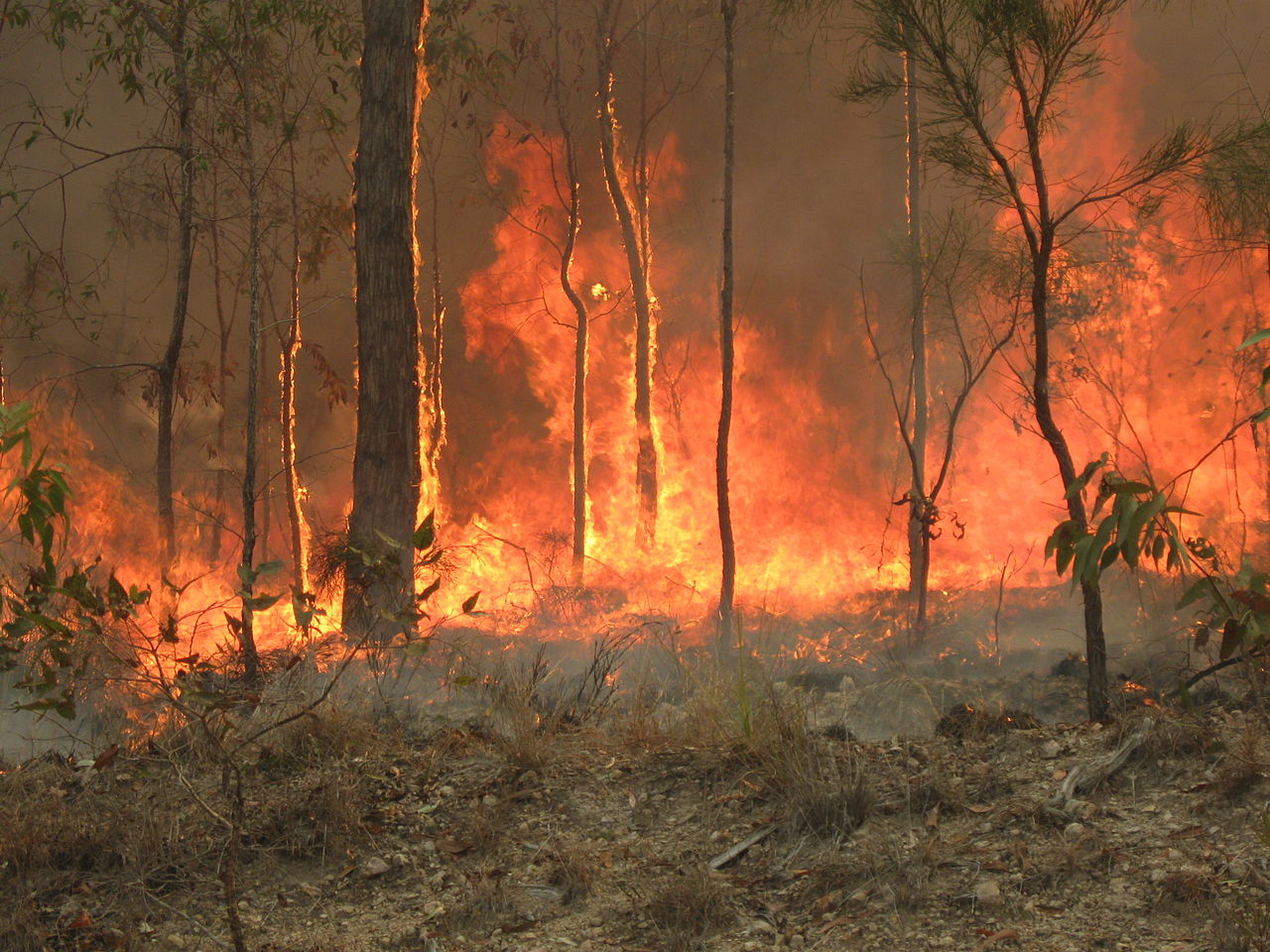Unlocking the Keys of Bushfire Threat Evaluation: The Role of a BAL Report
Unlocking the Keys of Bushfire Threat Evaluation: The Role of a BAL Report
Blog Article
Ensuring Shrub Fire Defense Via Appropriate BAL Report Evaluation
In the world of bush fire security, the meticulous analysis of Bushfire Attack Degree (BAL) records stands as a keystone for safeguarding residential or commercial properties against the disastrous influence of wildfires. With environmental elements and residential or commercial property characteristics playing substantial functions in figuring out the degree of danger, a comprehensive understanding of BAL ratings comes to be crucial.
Recognizing Bushfire Attack Level (BAL)
In the realm of bushfire defense, understanding the Bushfire Strike Level (BAL) is paramount for making sure efficient reduction strategies. BAL is a system used to determine the prospective danger a structure might face from a bushfire. It thinks about aspects such as the kind of plant life, the slope of the land, the Fire Danger Index, and the Fire Seriousness Index. Recognizing the BAL ranking of a property is crucial for property builders, policymakers, and owners to implement appropriate steps to secure versus bushfire threats.

Importance of BAL Report Analysis
An essential aspect in bushfire protection planning involves the complete analysis of BAL records to examine the potential risks and identify appropriate reduction approaches. BAL records provide essential information about the possible impact of bushfires on a building based on numerous aspects such as greenery type, distance to potential fire hazards, and slope of the land. Analyzing these records with accuracy is extremely important in establishing effective bushfire defense steps customized to the certain danger profile of a property.
Applying Fire Security Measures
Carrying out efficient fire protection measures is important for safeguarding residential or commercial properties in bushfire-prone locations. This entails clearing combustible plants, such as dry fallen leaves and branches, within a certain distance of the home.
Furthermore, having a properly maintained and adequate water system, such as a storage tank or swimming pool, can assist firemens in their efforts to shield the property. It is essential to have a clear discharge plan in position and to guarantee that all locals are familiar with the procedures. In addition, having firefighting tools conveniently available, such as hoses and fire extinguishers, can aid in taking on tiny place fires prior to they rise. On the whole, implementing a mix of these fire security measures can considerably boost the chances of safeguarding residential or commercial properties throughout bushfire events.
Mitigating Dangers in Fire-Prone Locations
To strengthen properties versus bushfire risks, a calculated concentrate on mitigating threats in fire-prone locations is important. Mitigating dangers in fire-prone locations entails a comprehensive approach that encompasses numerous actions to decrease the probability and impact of bushfires. One crucial element of threat reduction is keeping defensible area around homes by clearing my company flammable plant life, guaranteeing ample spacing in between trees and structures, and using fireproof landscaping methods. Additionally, executing ember-proofing actions such as setting up metal mesh displays on windows and covering roofing system tooth cavities can aid stop cinder assaults and minimize the risk of spot fires.
Additionally, constructing or retrofitting buildings with fire-resistant materials and making certain correct upkeep of roof coverings, seamless gutters, and outside cladding can substantially boost the building's resilience to bushfires. Practicing a bushfire and creating emergency situation plan with all occupants, including discharge procedures and interaction strategies, is also important in mitigating threats efficiently. By adopting an aggressive strategy to take the chance of mitigation in fire-prone areas, homeowner can much better shield their possessions and improve total bushfire preparedness.
Ensuring Building Security and Durability
Making sure the security and durability of residential or commercial properties in fire-prone areas requires a steadfast commitment to durable safety nets and calculated preparation. Residential property safety and security begins with executing reliable actions to minimize fire threats. This consists of maintaining a defensible area around the home by clearing combustible greenery, guaranteeing appropriate maintenance of seamless gutters and roofing systems, and making use of fireproof structure materials. Regular upkeep of firefighting tools, such as tubes and automatic sprinkler, is also crucial to home resilience.
Resilience, on the various other hand, involves the capacity of a residential or commercial property to endure and recoup from a bushfire. By proactively addressing these aspects, home owners can better secure their assets and enjoyed ones from the threat of bushfires.
Conclusion
To conclude, ensuring bushfire security via appropriate BAL record analysis is vital for understanding the degree of risk presented by bushfires and carrying out essential fire protection procedures. By check out here reducing risks in fire-prone locations and making certain residential property safety and resilience, individuals and communities can much better prepare for and react to bushfire events. It is vital to focus on fire security procedures to safeguard lives and home in these high-risk environments.
In the world of bush fire protection, the thorough evaluation of Bushfire Attack Level (BAL) records stands as a foundation for protecting residential properties against the damaging effect of wildfires (BAL Report). Understanding the BAL rating of a residential property is crucial for residential or commercial property owners, policymakers, and builders to implement ideal steps to guard against bushfire risks

BAL reports supply important info concerning the potential effect of bushfires on a home based on various variables such as greenery kind, range to possible fire hazards, and incline of the land (BAL Report). In general, implementing a mix of these fire defense steps can considerably boost the chances of safeguarding residential or commercial properties throughout bushfire events
Report this page